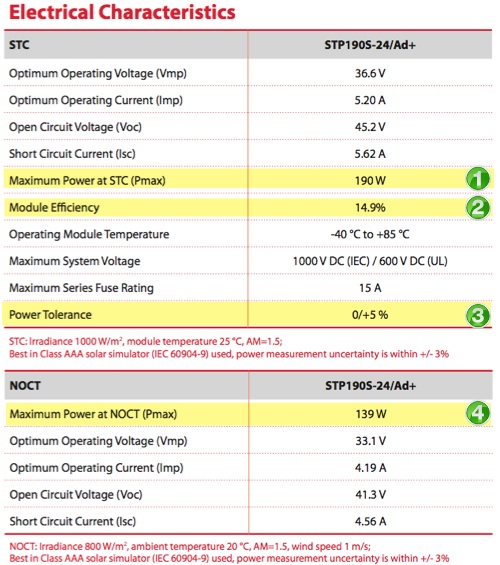Best for DIYers to stick with 48VDC & lower.
That's the voltage of the storage battery. And I have not seen inverters that can take an input voltage higher than 48V nominal anyway. This means you cannot have a battery voltage higher than 48V, unless you build your own inverter.
Solar panel voltage is higher. And it has to be higher than the voltage of the battery in order to charge the latter. The charge controller is a DC-DC converter that steps down the voltage from the panels wired in series, in order to match the voltage of the battery.
Charge controllers typically accept panel voltages in the range of 100V to 200V. Some controllers for DIY'ers accept up to 600V. And 600V is typically the max voltage rating for the wire insulation, although some wires are rated up to 1000V.
If you want a lower panel voltage which is still higher than your battery voltage, it would really limit your choice of panels. Not counting small solar panels meant for mobile applications such as RV, large panels come in either 60, 72, or 96 cells.
Even the 96-cell panels do not have an output voltage high enough to charge a 48V battery on a hot day. This is because PV voltage output drops with rising temperature. There are 128-cell panels, but these rare and large panels are meant for commercial installations and not easy to get, nor installed.
And if you do not want to wire panels in series, then each panel must be wired separately to the charge controller which is situated next to the battery. For an array of, say 20 panels, that's a bundle of 40 wires of fairly large gauge.
If you want to wire the panels in parallel to reduce the number of wires, you have to figure out how many panels you can put on a large gauge wire such as 0 AWG, so that you will need to run multiple wires like that as necessary. And this depends on the distance from the panels to the battery and electronics. You will still need multiple large 0-AWG cables running from your panels to the electronics, but fewer than if you use the standard 10-AWG solar cables.
Even after going through calculations, it is best to try wiring some panels up with the length of wire that you will use, and do it on a hot day to see if it is going to work. Voltage drop due to the large amperage is often higher than calculated values, and I suspect that it is due to the quality of the copper. Use expensive oxygen-free copper wires? Yes, it will work better. It's only money.


